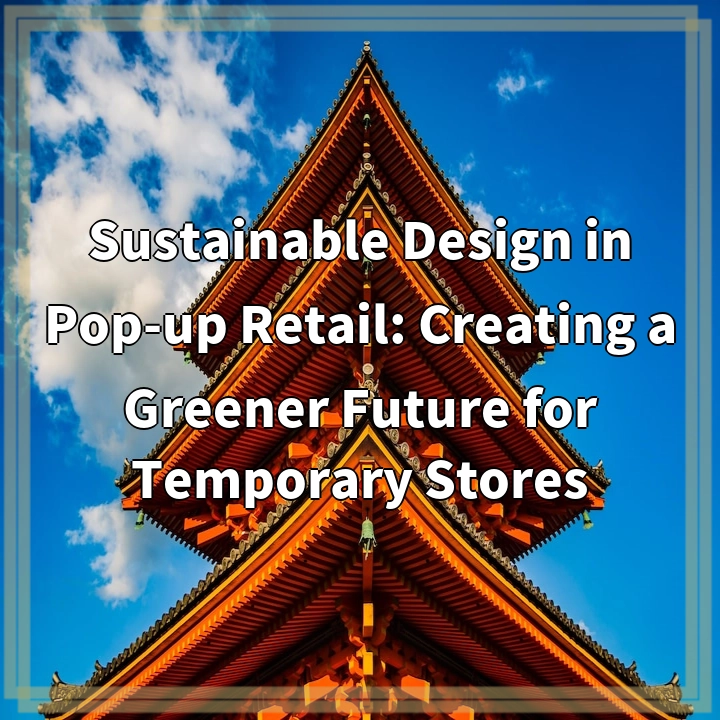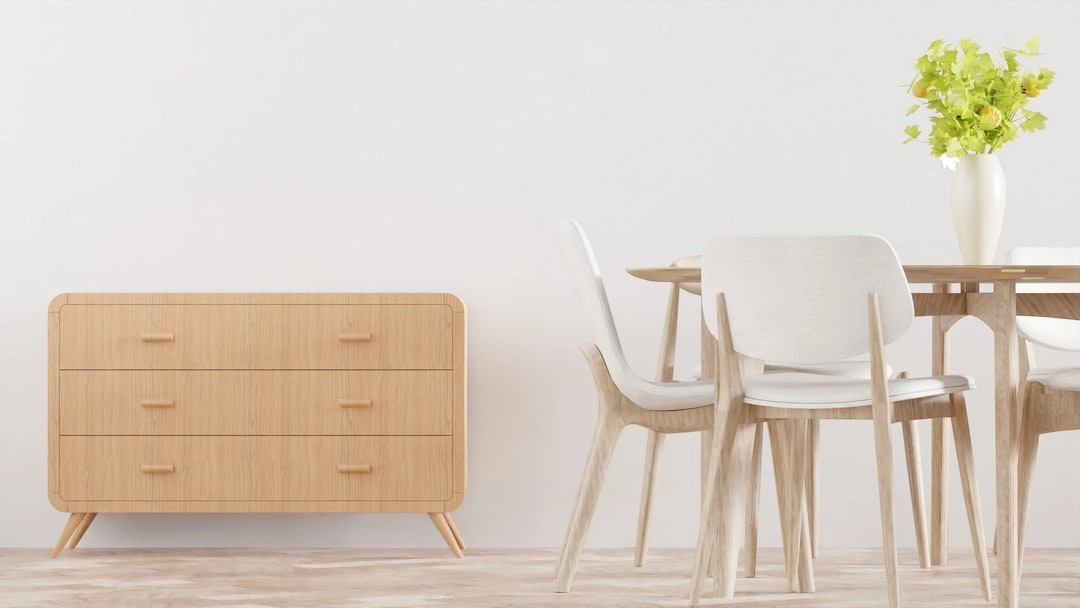
What is Sustainable Design in Pop-up Retail?
Sustainable design in pop-up retail refers to the practice of creating temporary retail spaces with a focus on environmental sustainability. It involves incorporating eco-friendly materials, energy-efficient systems, and sustainable practices into the design, construction, and operation of these short-term stores.
Real-World Problems Associated with Sustainable Design in Pop-up Retail
While sustainable design in pop-up retail offers numerous benefits, it also faces several real-world challenges that need to be addressed:
1. Limited Timeframe
The very nature of pop-up retail is temporary, with stores typically existing for a few weeks or months. This limited timeframe poses challenges in implementing comprehensive sustainable design strategies, as it may be difficult to invest in long-term sustainable solutions.
2. Resource Constraints
Temporary stores often operate with limited resources and budgets. This can make it challenging to prioritize sustainability initiatives and invest in environmentally-friendly materials, technologies, and practices.
3. Waste Generation
Pop-up retail events tend to generate significant waste, particularly in terms of materials used for store construction, packaging, and product displays. Ensuring effective waste management and promoting recycling or upcycling within these short-lived setups is crucial.
4. Mobility and Adaptability
One of the primary advantages of pop-up retail is its mobility and adaptability, allowing businesses to quickly set up shops in various locations. However, this flexibility also presents challenges in terms of maintaining sustainable design features during frequent moves and ensuring compatibility with different store layouts and structures.
5. Lack of Standardization
As the concept of sustainable design in pop-up retail is still relatively new, there is a lack of standardized guidelines and regulations in many regions. This can make it challenging for businesses and designers to navigate the sustainability landscape and ensure consistent practices across different pop-up retail projects.

Solutions to the Real-World Problems
1. Limited Timeframe
Despite the short duration of pop-up retail, there are still opportunities to incorporate sustainable design elements. This can include using modular and reusable materials for construction, implementing energy-efficient lighting and HVAC systems, and focusing on temporary landscaping solutions.
2. Resource Constraints
To overcome resource constraints, businesses can seek partnerships or sponsorships with sustainable brands or organizations. They can also explore cost-effective sustainable alternatives, such as repurposing or upcycling materials, to minimize expenses while still promoting eco-friendly practices.
3. Waste Generation
Effective waste management strategies can be implemented by encouraging customers to bring their own bags or containers, using biodegradable or compostable packaging materials, and partnering with local recycling programs. Additionally, incorporating recycling and repurposing stations within the store can help minimize waste generation.
4. Mobility and Adaptability
Designers can focus on creating lightweight and flexible structures that are easy to transport and adapt to different locations. Utilizing sustainable building materials that are durable but also easily disassembled and reused can help minimize the environmental impact during frequent moves.
5. Lack of Standardization
Industry organizations, local governments, and sustainability advocates can work together to develop standardized guidelines and certifications for sustainable design in pop-up retail. This can provide businesses with a roadmap for implementing eco-friendly practices and ensure consistency and credibility across various projects.















